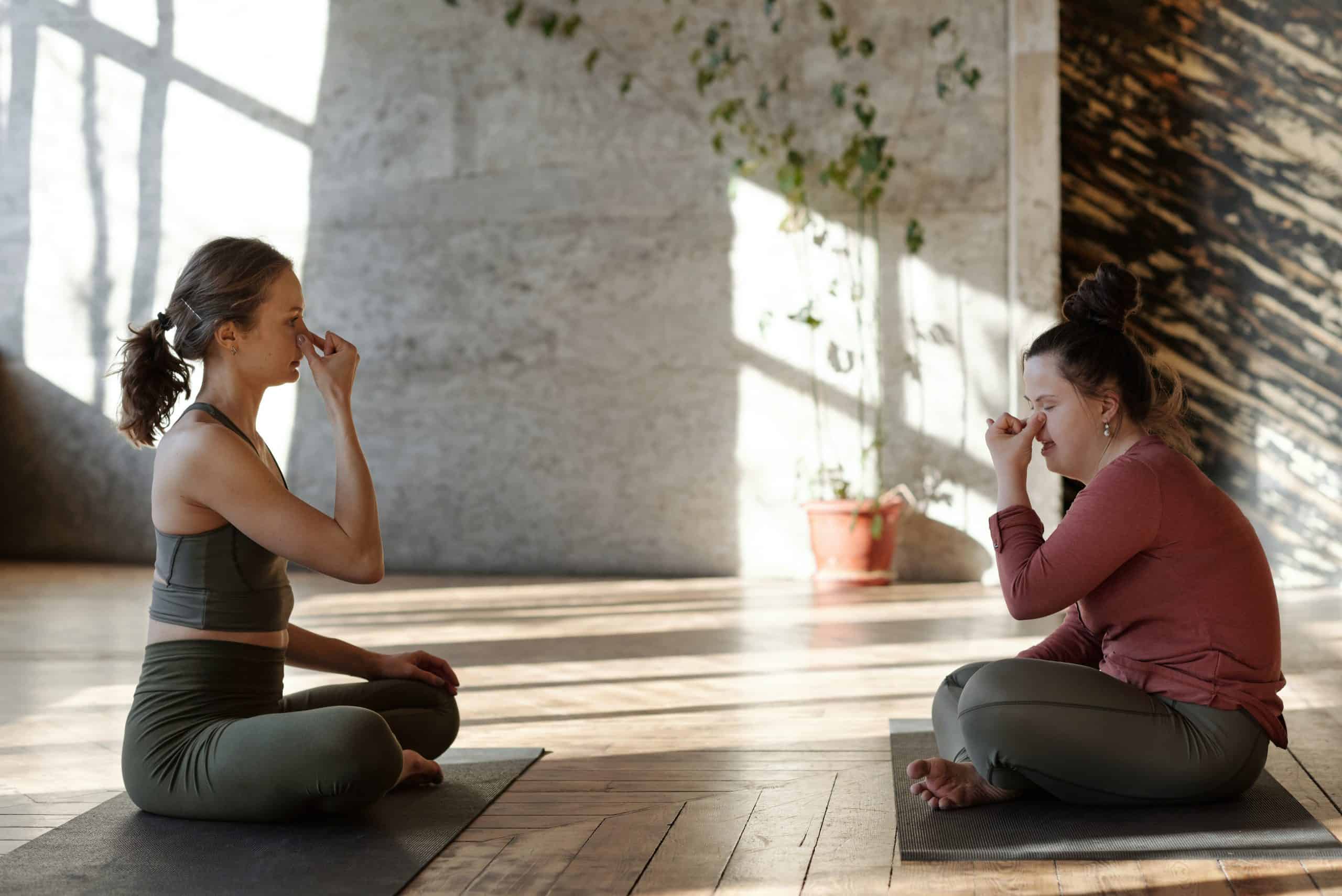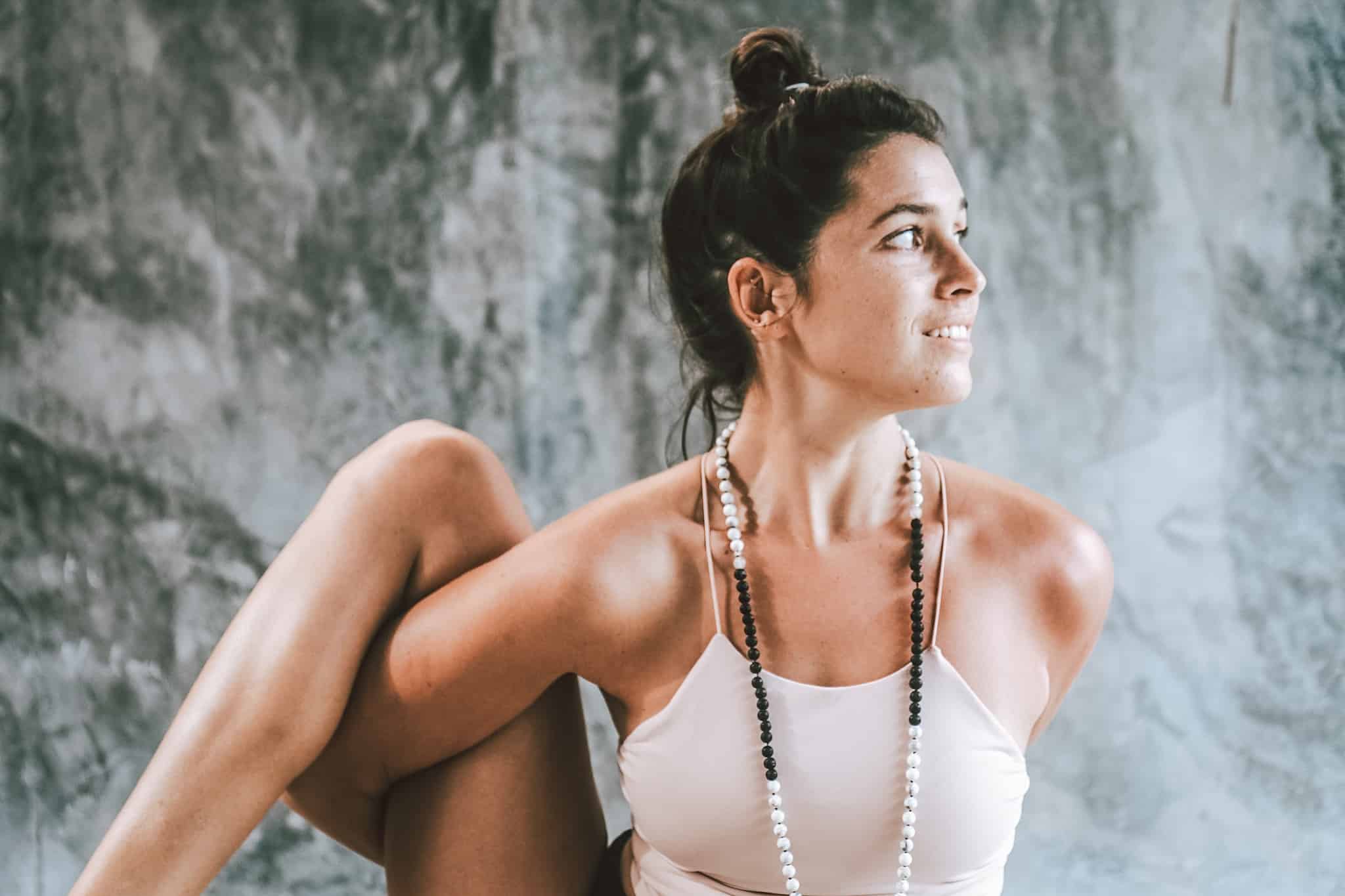yoga breathing: pranayama techniques

Yoga breathing exercises are known as pranayama breathing or pranayam.
Pranayama is the control of the inhalation and exhalation processes of breathing. In Sanskrit, prana means breath, and yama means to control or discipline.
The breathing exercises are used for relaxation, concentration, and meditation, which is why they have now gained popularity in the western world.
Check out some Breathwork Trainings below:
Online Breath Work Certification with MyVinyasa
SOMA BreathWork with Niraj
Use the below menu to scroll directly to the section you wish to read.
What does pranayama mean?
The word pranayama means “control over the breath” and corresponds to the active and conscious flow of the breath during a yoga practice or meditation session.
Breathing is something we do every day and is, in fact, a vital function.
But sometimes, we do it automatically, involuntarily, and unconsciously. We underestimate its power, and maybe we are unaware of how essential it is to our health and well-being.
Related>> Online Breath Work Certification
Pranayama is a practice of self-regulation. That means the activities of inhaling and exhaling are performed with a conscious mind and a steady rhythm.
This practice aims to strengthen the connection between the body and the mind and to become more conscious of our inner experience.
Prana and pranayama
The Prana is a significant element in yoga and, therefore, a significant element of the pranayama exercises. Prana means “breath” but also “life force” and “vital principle.”
The word pranayama combines prana and Ayama, meaning “to extend, expand or draw out.” Some also claim that the word is made up of prana and Yama, which instead means “control.”
Therefore, the practice, or pranayama, aims to control the breath; its length, strength, and path.
Yogic breathing
Yogic breathing is the fundamental yoga breathing technique, and it is a deeply grounding and balancing practice that calms the mind and makes you more focused.
The most important aspect of yogic breathing is the flow of the breath, which reaches all the organs, lengthens the spine, and gives back the revitalizing energy of prana.
This practice is essential for every organ in the body where there are blocks or tensions.
Three parts yoga breathing
According to Maharshi Patanjali, who is considered the originator of yoga in India, yoga breathing is divided into three processes, which are Puraka (inhalation), Rechaka (exhalation), and Kumbhaka (retention of air).
All three stages of pranayama aim to extend the time for each of these three stages of breathing.
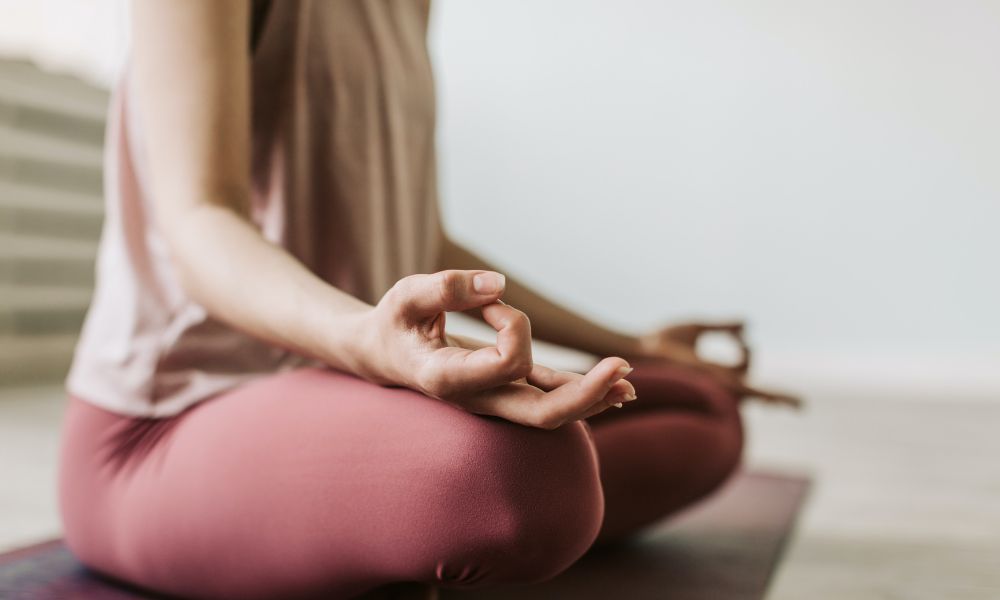
Benefits of Pranayama
Improves lung health
If you have allergic bronchitis, asthma or are recovering from pneumonia, you may wish to try this practice.
Practicing yoga breathing, therefore pranayamas, can give you more power and control over your breathing, increase strength in your respiratory muscles, and help you when you find yourself out of breath.
Reduced stress
Numerous studies have proved how pranayama and breathing exercises are very powerful in reducing stress levels and regulating and calming the nervous system.
Daily pranayama practice can also reequilibrate your physical body. It reduces psychosomatic symptoms such as headaches, stomachaches, ulcers, psoriasis, and fast heartbeat, all typical symptoms of highly stressed people.
And what about emotions? Being less stressed and clear-minded allows you to connect with your feelings and deepen the connection with them instead of shutting them down.
Lowers blood pressure
Calming your nervous system may help reduce your stress response and risk of hypertension.
Some studies say that stress is a contributing factor to developing high blood pressure and related complications such as strokes, peripheral vascular disease, and coronary heart disease.
Better sleep
With less stress in our bodies, it is also easier to fall asleep and improve the quality of our sleep over time.
If you have sleep apnea or a similar condition, these breathing exercises could help you greatly.
Mindful practice
If you want to have a deeper connection with yourself, understand your deepest desires, live in the present moment, and focus on the people you share your life with, then you may wish to practice mindfulness.
Yoga breathing, or pranayama is one of the best and easiest ways you can do that.
Related>> Online Breath Work Certification
Paying attention to your breath can increase your concentration levels, help you live in the present, and deal with one task at a time, making you more focused and proficient at your work.
Enhance cognitive performance
Pranayama increases cognitive performance, like reasoning skills, working memory, and cognitive flexibility. In addition, it can improve auditory memory, sensory-motor performance, and reaction time.
Regular breathing exercises help you take in more oxygen, which is good for your organs, system, mind, brain, and nerves.
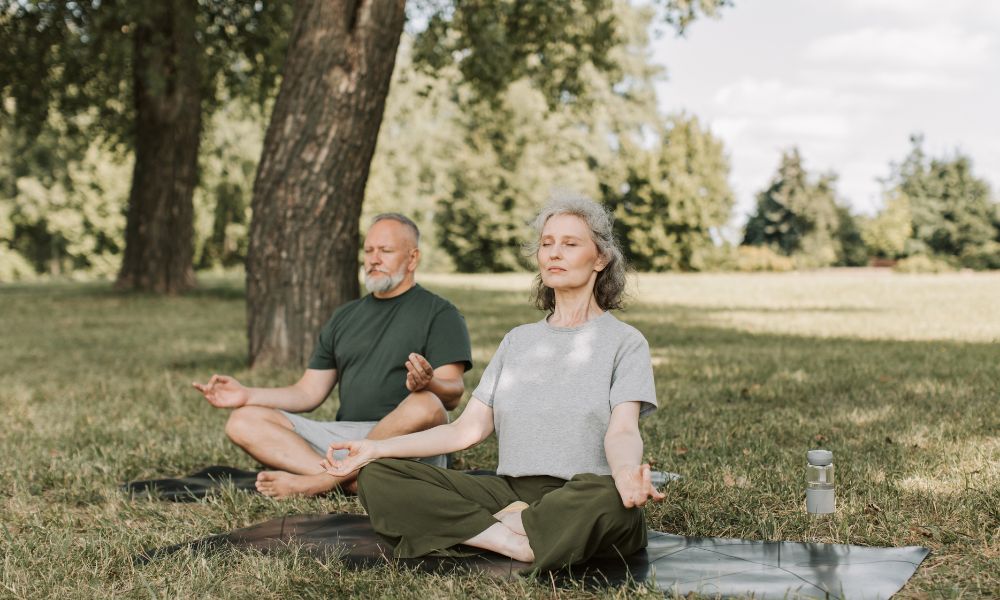
Pranayama books
If you want to learn about the theory, the practice, and the practical pranayama exercises, you might find it helpful to read one of these books:
Asana Pranayama Mudra Bandha
by Swami Satyananda Saraswati
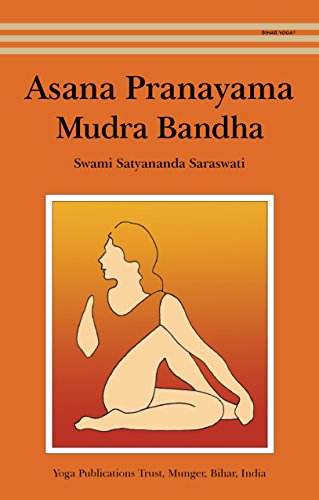
This book is considered one of the most complete yoga manuals in the world. It is an instructional book showing how to do everything from basic to advanced yoga practices, including pranayama.
It was written in 1969 by Swami Satyananda Saraswati, a famous yoga teacher and guru known not only in his home country India, but also in the western world. He founded the International Yoga Fellowship in 1956 and the Bihar School of Yoga in 1963
Restoring Prana: A Therapeutic Guide to Pranayama and Healing Through the Breath for Yoga Therapists, Yoga Teachers, and Healthcare Practitioners
by Robin L. Rothenberg
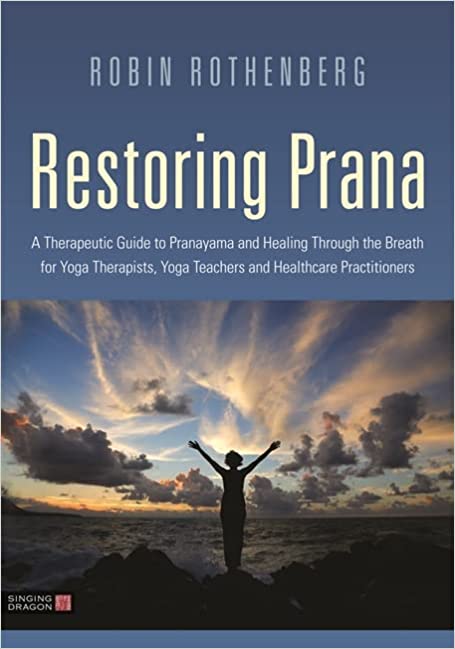
This text scientifically and psychologically explains the Buteyko breathing method in a way that makes the practice more modern and easy to understand.
The author, Robin Rothenberg, is a certified yoga instructor online and therapist who healed herself through yoga. She serves on the International Association of Yoga Therapists’ advisory board, is the Pacific Institute of Yoga Therapy director, and owns The Yoga Barn.
Light on Pranayama
by BKS Iyenga
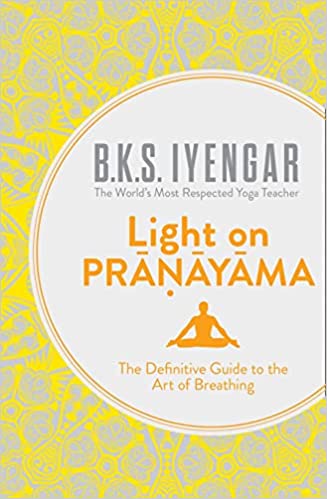
This book is a practical and scientific guide, which explains the respiratory system and how it works, mixed with the wisdom of ancient yoga texts.
This book is perfect for both beginners and experienced yoga practitioners.
The author is BKS Iyengar, an Indian yoga teacher, the founder of the style of yoga known as “Iyengar Yoga,” and one of the foremost yoga gurus in the world.
He wrote numerous books on the philosophy and practice of yoga, such as Light on Yoga, Light on Patanjali’s Yoga Sutras, and Light on Life.
Essential Pranayama: Breathing Techniques for Balance, Healing, and Peace
by Jerry Givens
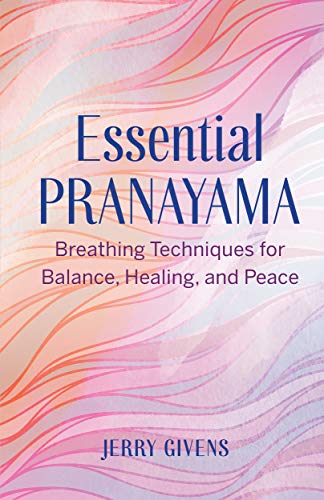
A comprehensive guide to pranayama that examines the effects and benefits of the practice from both a practical and scientific standpoint.
This guide is perfect if you want to practice pranayama in your daily life and use it for your unique and specific needs, building a few minutes routine or a more practical daily practice.
Jerry Givens is a life coach, retreat leader, writer, and instructor of yoga and meditation in the San Francisco Bay Area. His goal was to build a practical and easy-to-use guide for the everyday people who attended his classes and workshops.
Mastering Pranayama: From Breathing Techniques to Kundalini Awakening
by Radhika Shah Grouven
This book reveals the secrets behind pranayama practice and breathing exercises and reminds us that the breath is just a medium with which we let prana flow through our body and life.
Practices are explained in detail, including illustrations, to help you understand the process that brings you through your breathing practices, both physically, mentally, and psychologically.
Radhika Shah Grouven started teaching and writing about yoga in 1992. Since then, she has begun hosting meetings and workshops worldwide, specifically in Germany and India. She now also holds online meetings that are accessible to people worldwide.
How to approach pranayama practice
Like every new activity we take up, starting to practice pranayama will not necessarily be easy at first.
Concentration, acceptance, and control over the breath are all skills that need to be practiced and developed. So, it is best if you embrace every session as a learning experience.
Here are some tips that you should read before starting your pranayama practice:
- Take it easy. You don’t need to be an expert during your first sessions. Just try to understand what feels good for you and your body. Your personal experience is more important than your performance.
- Listen to your breath. Try not to be out of breath. It’s ok to push yourself but try to make it an enjoyable experience.
Related>> Online Breath Work Certification
- Enjoy the journey. Learning a new skill can be stressful sometimes. Try to look at these practices as an inner journey rather than a destination.
- Be careful. Before attempting these breathing techniques, please talk to your doctor if you are pregnant, have diabetes, high or low blood pressure, heart disease, epilepsy, or vertigo.
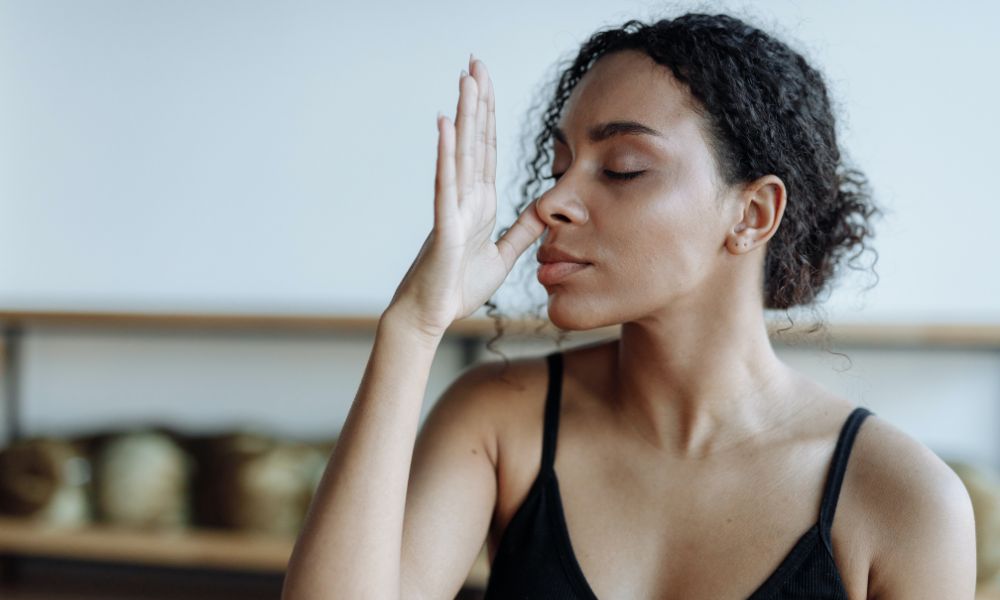
Yoga breathing: types of pranayamas
In every yoga breathing exercise or pranayama, the goal is to inhale, exhale, and hold your breath in specific ways to control your breath’s timing, length, and frequency.
- Anulom vilom pranayama
Anulom Vilom is one of the most common pranayama/pranayam methods in yoga breathing.
How to do it
To begin, sit in the padmasana posture with your spine straight and your legs crossed.
In this method, inhalation is done through one nostril, while exhalation is done through the other. The thumb is used to close one nostril, while the ring finger of the same hand is used to close the other when it is time to alternate.
Benefits
Common colds, coughs, and tonsillitis may be relieved through this breathing exercise. It is described to help open blockages, which may help to remove toxins from the body.
Kapalbhati Pranayama
Kapal in Sanskrit means forehead, and Bhati stands for shining. Thus, Kaplbhati refers to a shining face with an inner radiance.
It is a highly energizing abdominal exercise. In this pranayama, fast exhalation and normal inhalation are performed simultaneously.
How to do it
We should sit in padmasana during this pranayama/pranayam. For this breathing technique, we practice a slow and deep inhalation of air, with the help of both nostrils while extending the mid-region.
Exhalation is done while pulling the abdomen in. Repeat this process continuously.
Benefits
This type of pranayama is said to help to purify the blood, prepare the mind for meditation, and help the entire respiratory system.
Sheetkari Pranayama – शीतकारी प्राणायाम
In Sheetkari pranayama, the word “Sheetkari Shee” stands for the sound like “Sheee,” which is produced while performing this pranayama, and “Kari” means “produces.”
Thus, Sheetkari pranayama ( शीतकारी प्राणायाम )is the breathing exercise in which a “Shee” sound is produced.
How to do it
Sit in a cross-legged position and clench your upper and lower teeth. Widen your lips and inhale slowly.
Make the sound ‘Sheee.’ Hold your breath for some time and exhale through the nose slowly.
Perform this step 10 to 15 times.
Benefits
It is said to help with teeth-related problems, like pyorrhea, and to remove excessive heat from the body.
Ujjayi Pranayama
This pranayama/pranayam is the foundation of proper breathing, and it smooths the flow of breath (Prana). Sit in a cross-legged position and inhale and exhale smoothly.
How to do it
Tighten the neck muscles and make a noise while inhaling. The mouth should be closed.
When air is pushed into the lungs, hold your breath as long as possible. Close the right nostril and exhale from the left nostril. Repeat for another 10-15 rounds.
Benefits
It can help to harmonize the respiratory system, resolve snoring problems, and support the thyroid.
Also Read >>> Can Breathwork heal pain and anxiety?
Sheet pranayama
Sheet pranayama: In Hindi, “Sheetal” means calmness.
This pranayama can help to reduce internal heat and maintain mental and emotional calm.
How to do it
Start by sitting in a cross-legged position.
Open your mouth and fold the tongue slowly while stretching out. Inhale gently with a hissing sound to feel the coolness from the intake of air.
Related>> Online Breath Work Certification
Hold your breath as long as possible with closed eyes. Repeat this process.
Benefits
It purifies the blood and reduces anger, anxiety, high blood pressure, and stress.
We hope you find this guide helpful!
Let us know how your pranayama practice is going and your favorite pranayama exercise
Also Read>>> Best Online Yoga Teacher Training

